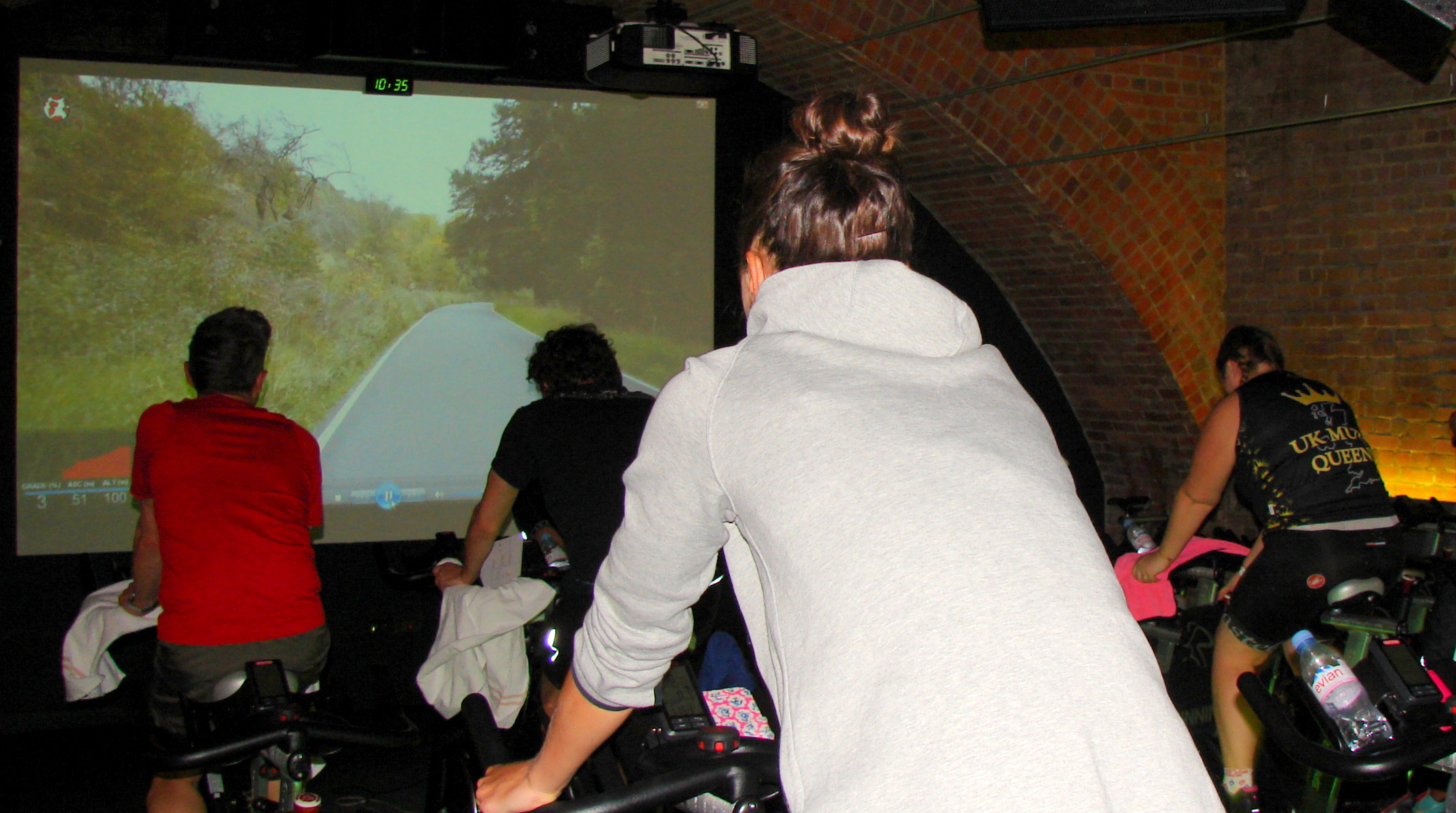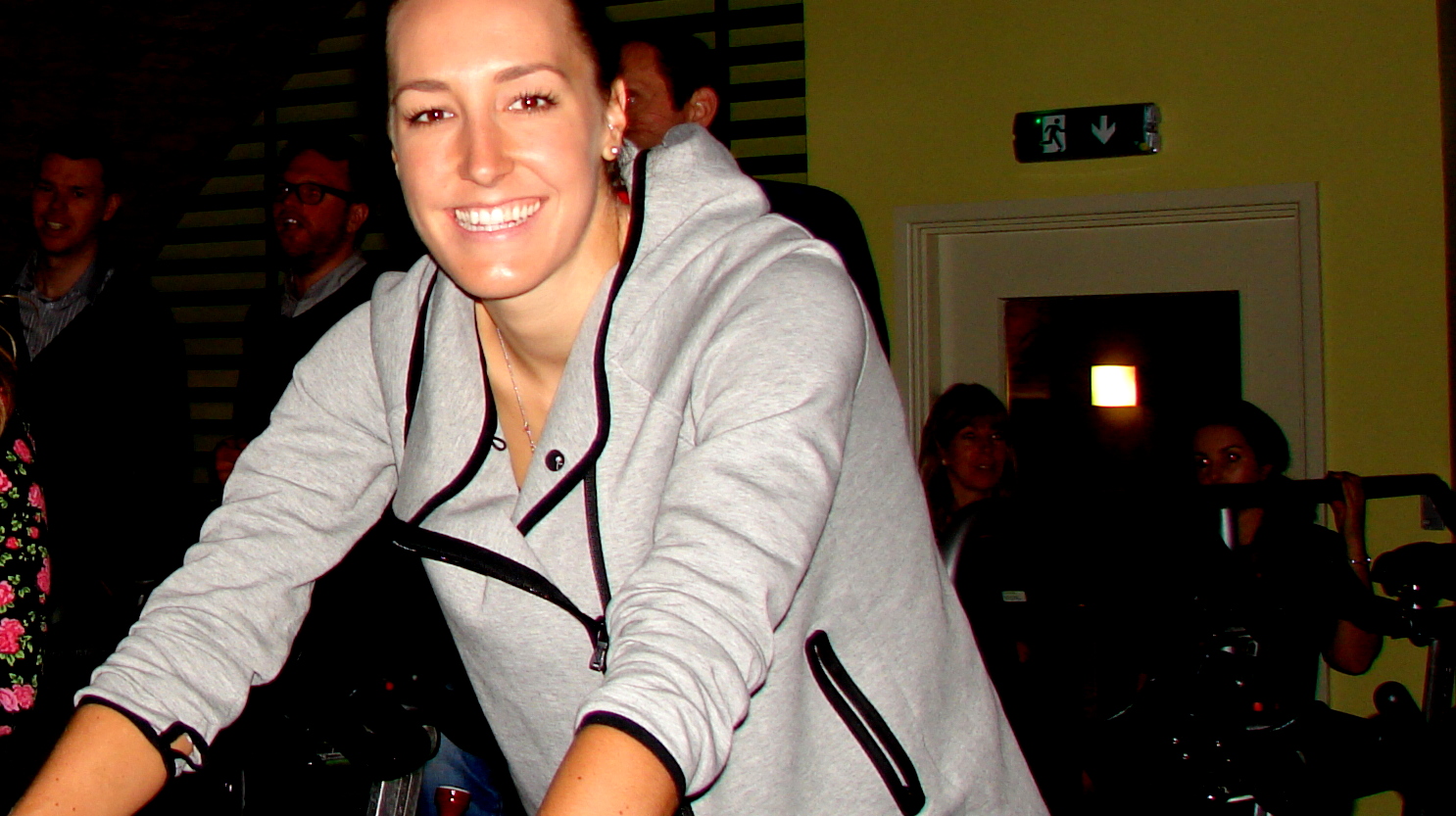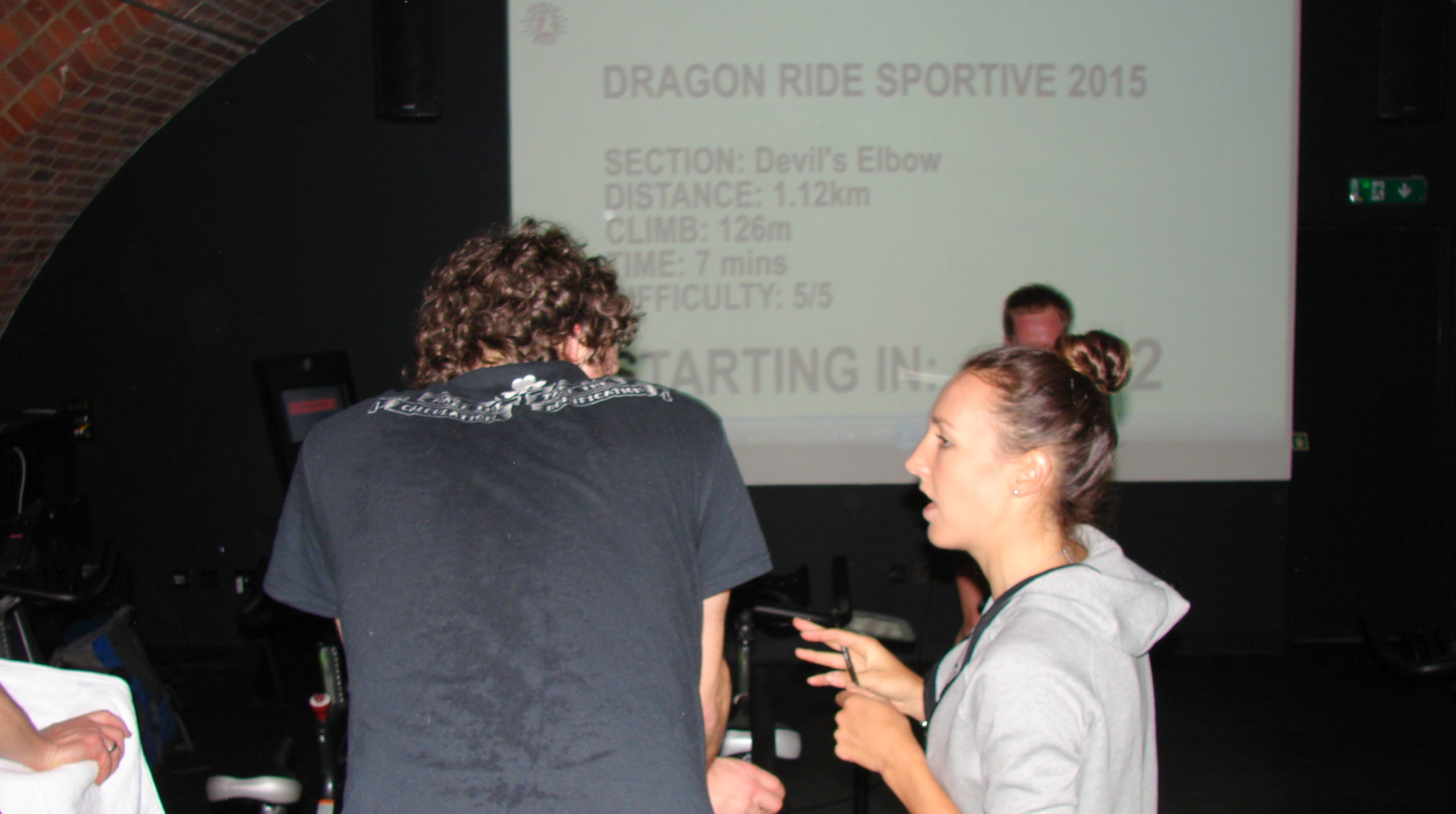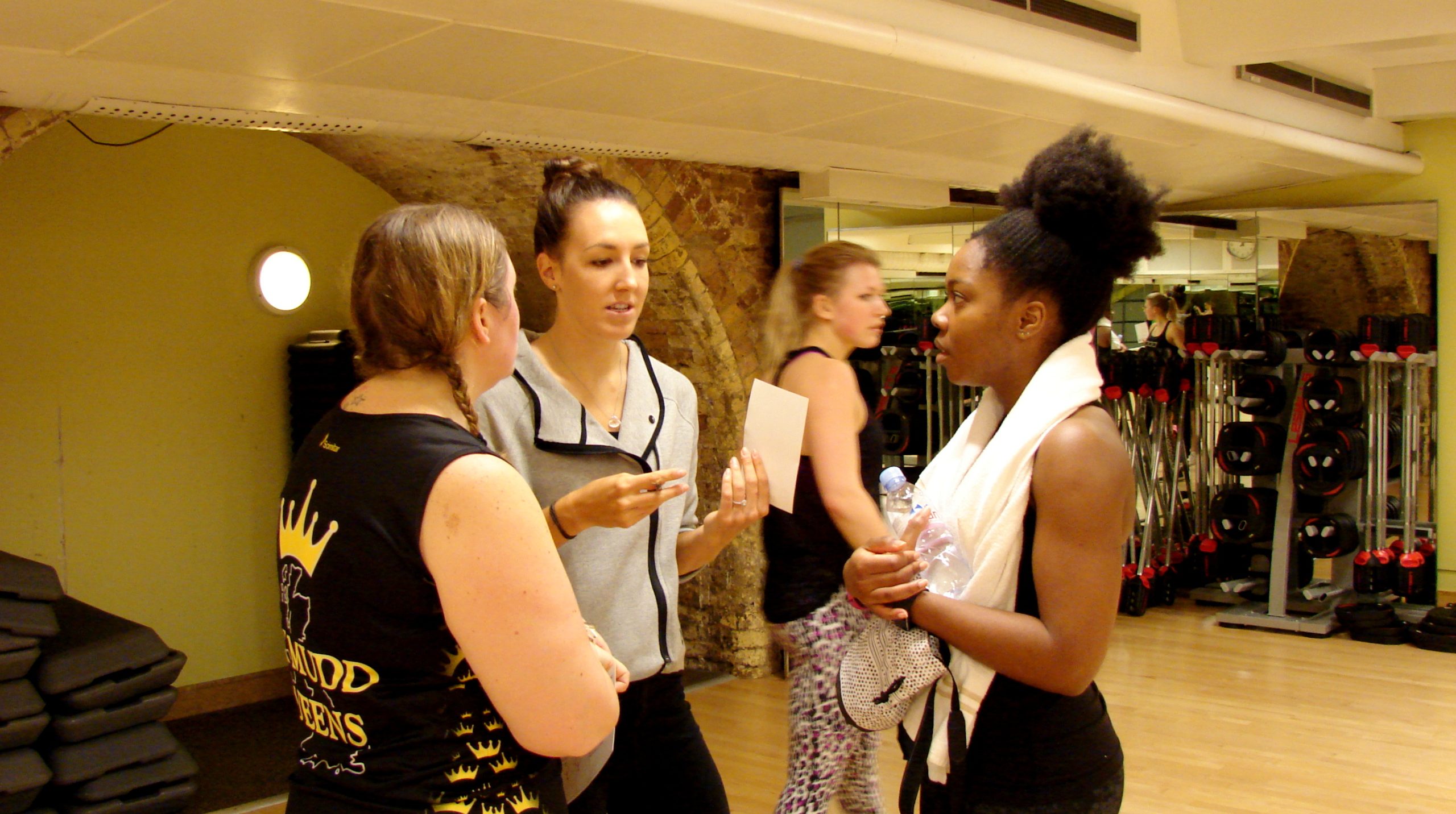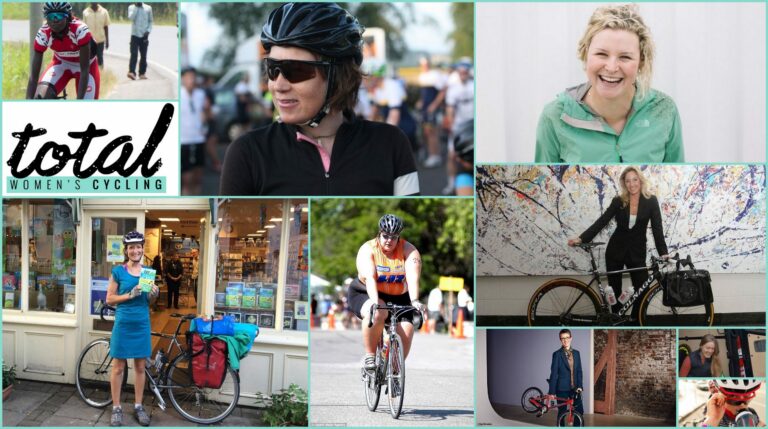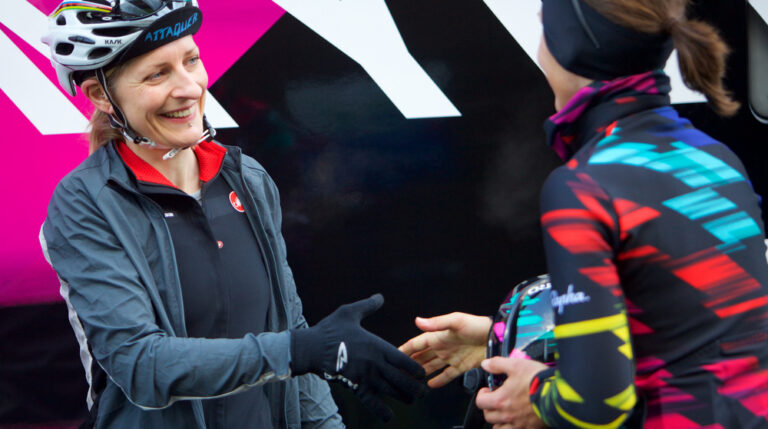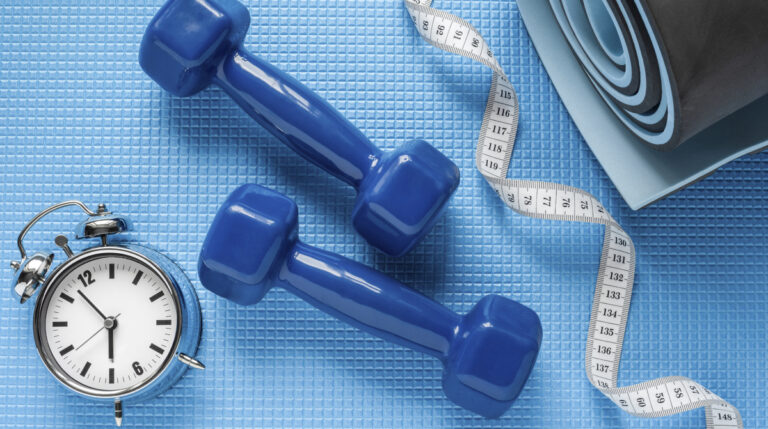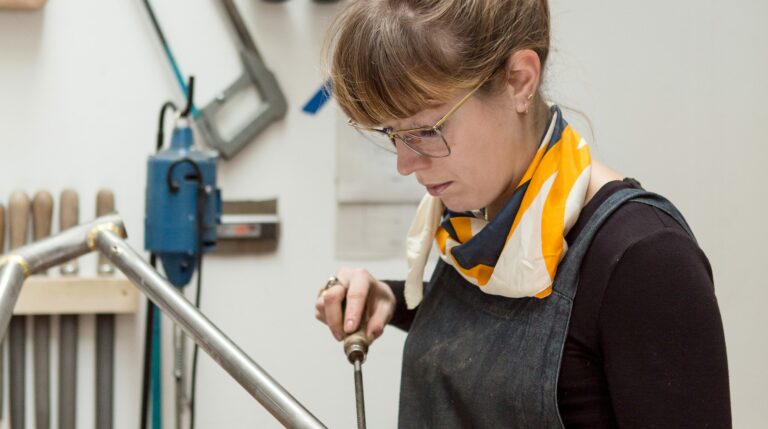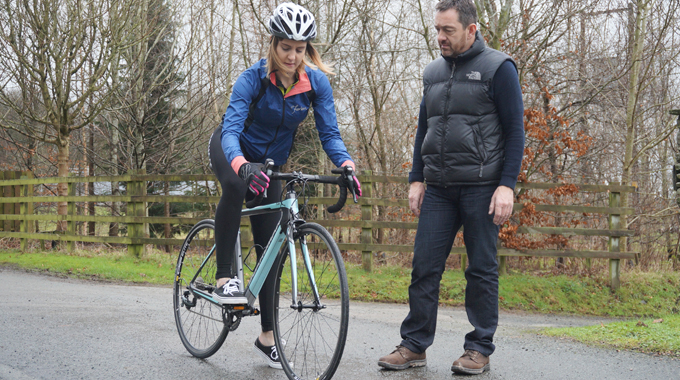Though many of us are still recovering from the excesses of Christmas, the summer season of sportives and maybe even time trials or road races is not too far away.
Having a goal can transform your cycling – but all the motivation in the world won’t help you if you’re not sure how to organise your training time. Olympic track champion and Wiggle High5 rider Dani King partnered with Team Sky rider Luke Rowe to form a coaching company – Rowe & King – last year, and since the growing client base consists of many working athletes aiming towards summer sportives, she seemed like the perfect person to give us some advice.
We met Dani at a London Nuffield Health Gym, where the team at Human Race treated us to a 40 minute spin class that explored some of the key climbs included within their iconic sportives. We waited until we could breathe again before we started asking questions, whilst Dani seemed barely out of puff throughout, of course!


